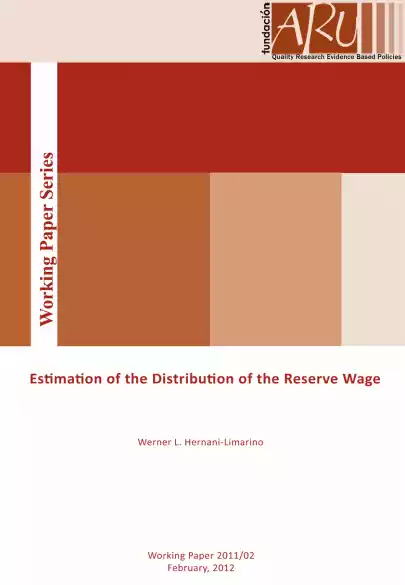
Year: 2012
Author(s): Werner L. Hernani Limarino
This document , “Estimating the Reservation Wage Distribution” , uses a simple labor supply model to identify the distribution of reservation wages. The distribution of the reservation wages of the non-employed population (both unemployed and inactive) is fundamental not only to understand the nature of non-employment but also to define the wages that employment programs should offer to attract different groups of people. population. The document uses data from the Quarterly Urban Employment Survey to illustrate the proposed methodology. The estimates reveal that the great dependence of households on labor income determines that the levels of reservation wages are much lower than the expected wages. It is also observed that the reservation wages for the inactive population stochastically dominate the distribution for the unemployed population, and in turn, the latter stochastically dominate the distribution for the employed population. This implies that a good part of the employed population cannot cover the costs of searching for better employment opportunities, while the unemployed have a greater margin of waiting.



